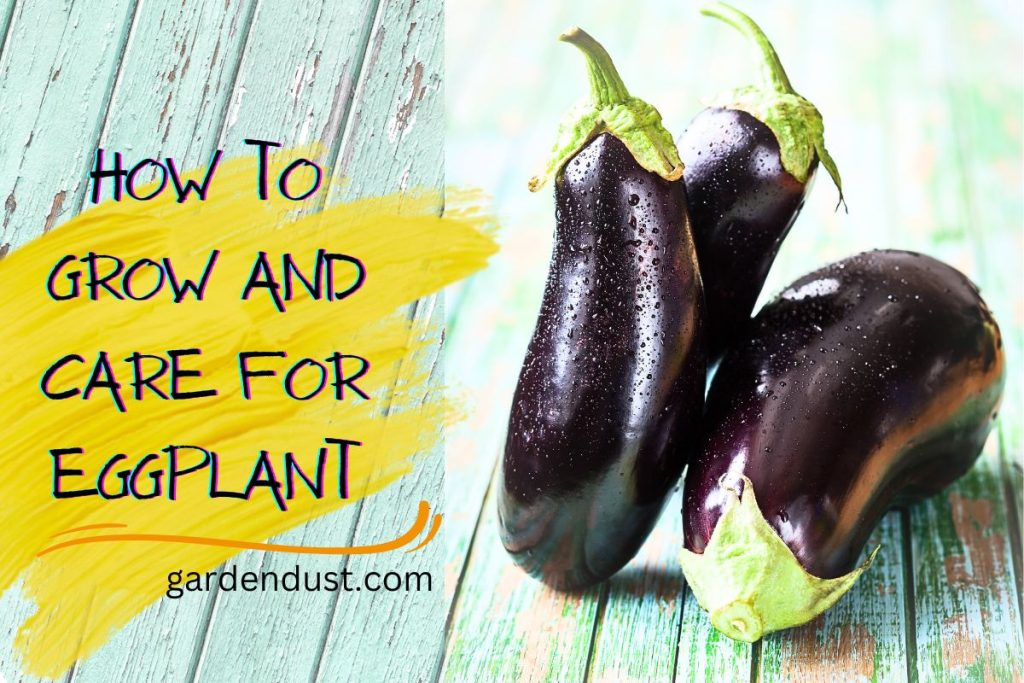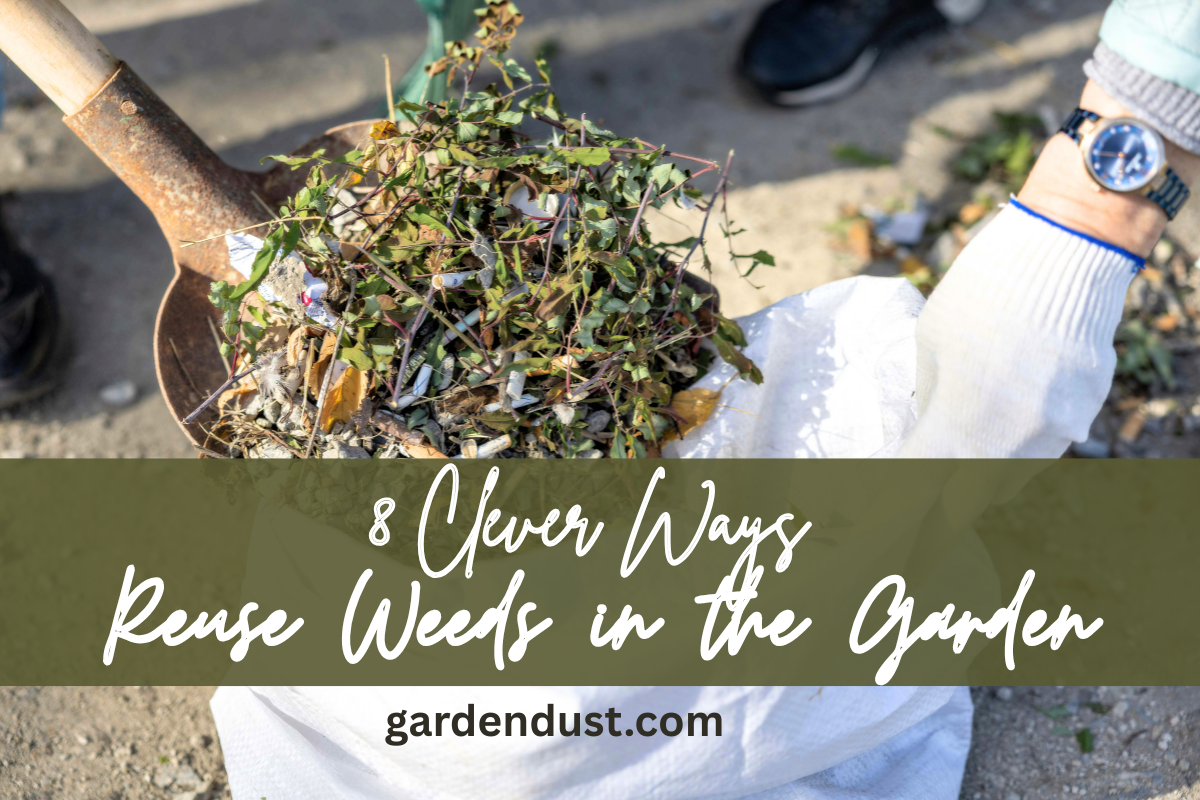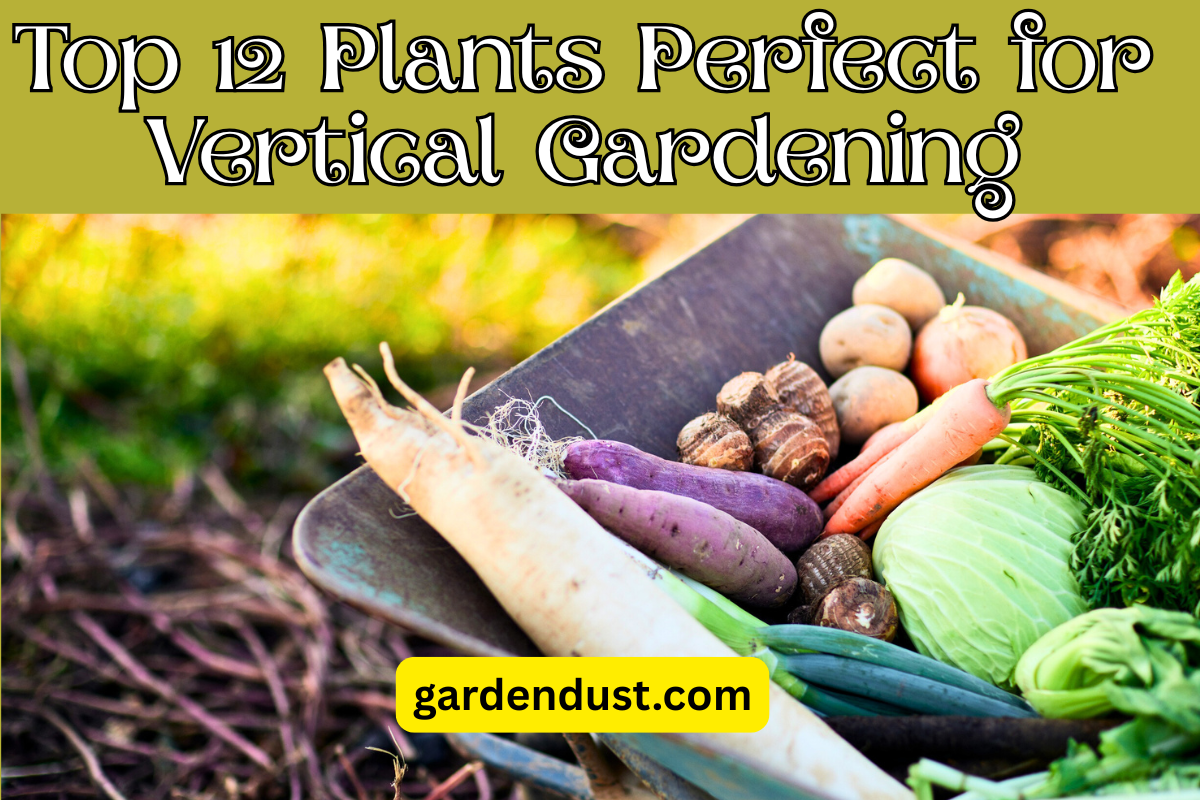Eggplant, also known as aubergine, is a vegetable that is commonly used in Mediterranean, Middle Eastern, and Asian cuisine. It has a unique shape, with a deep purple, glossy skin and a creamy, white flesh. Eggplants are low in calories and high in fiber, making them a healthy addition to your diet. They can be roasted, grilled, fried, or baked, and are often used in dishes such as ratatouille, baba ghanoush, and moussaka. In some cultures, eggplants are also believed to have medicinal properties and are used to treat various ailments.
Native -India
Botanical Name-Solanum melongena
Family– Solanaceae
Common Name-Eggplant, Aubergine, Brinjal
Colors of eggplant
While most people associate eggplants with the traditional dark purple color, they actually come in a variety of colors including:
- Dark Purple: This is the most common color of eggplant, and it is what most people think of when they picture an eggplant.
- Light Purple: Some varieties of eggplant have a lighter purple color, which is more muted than the traditional dark purple.
- White: There are also some varieties of eggplant that are white or cream-colored. These are typically smaller than the purple varieties.
- Green: There are a few types of eggplant that are green in color, which is more commonly found in Southeast Asian cuisines.
- Striped: Some varieties of eggplant have stripes of different colors, such as white and purple or green and white. These are less common than the solid-colored varieties.
Varieties of eggplant
There are many different varieties of eggplant, each with their own unique characteristics, flavor, and culinary uses. Depending on your taste you can plant eggplant varieties. Here are a few of the most common varieties:
- Black Beauty: This is the most common variety of eggplant, with a deep purple-black skin and creamy white flesh.
- Rosa Bianca: This variety has a pale lavender skin with white flesh and a delicate, slightly sweet flavor.
- Japanese Eggplant: This variety is long and slender with a thin skin that is usually deep purple in color. It has a mild, slightly sweet flavor and is commonly used in Asian cuisine.
- Graffiti: This variety has a deep purple skin with white stripes and creamy white flesh. It has a slightly bitter flavor and is often used in Mediterranean cuisine.
- White Eggplant: This variety is small and round with a white skin and firm, slightly bitter flesh. It is commonly used in Indian and Middle Eastern cuisine.
- Thai Eggplant: This variety is small and round with a green skin and slightly bitter flavor. It is commonly used in Thai cuisine, particularly in curries.
These are just a few of the many varieties of eggplant available, each with its own unique flavor and culinary applications.
Care for eggplant
Here are some tips for caring for eggplants:
Soil and Fertilizer:
Eggplants grow best in well-drained soil that is rich in organic matter. Fertilize the soil before planting with compost, aged manure, or a balanced fertilizer.
Watering:
Eggplants need regular watering to keep the soil moist but not waterlogged. Water deeply once or twice a week, depending on the weather and soil moisture.
Sunlight:
Eggplants need full sunlight to thrive, so make sure they are planted in an area that receives at least 6-8 hours of direct sunlight per day.
Temperature:
Eggplants prefer warm temperatures between 70-85°F (21-29°C). If you live in a cooler climate, consider starting your plants indoors and transplanting them outside once the weather warms up.
Pest and Disease Control:
Eggplants can be susceptible to pests like aphids, spider mites, and flea beetles, as well as diseases like verticillium wilt and fusarium wilt. Practice good garden hygiene, such as rotating crops and removing any infected plants promptly. You can also use organic pest control methods like neem oil and insecticidal soap to control pests.
Pruning:
Prune the plants to encourage bushy growth and better fruit production. Pinch off any small shoots that emerge between the main stem and leaves, as these can take energy away from the main plant.
By following these care tips, you can help ensure a bountiful harvest of healthy and delicious eggplants.
Propagation of eggplant
Eggplants can be propagated from seeds or cuttings. Here are the steps for each method:
Propagation from seeds:
- Start seeds indoors 6-8 weeks before the last expected frost date in your area.
- Sow seeds 1/4 inch deep in seed-starting mix.
- Keep the soil moist and warm (around 75°F/24°C) until the seeds germinate.
- Once the seedlings have their first true leaves, transplant them into larger pots or into the garden.
- Transplant the seedlings outdoors after the danger of frost has passed and the soil has warmed up.
Propagation from cuttings:
- Take a cutting from a healthy, mature eggplant plant.
- Cut a 4-6 inch stem with a sharp, clean knife or scissors.
- Remove the leaves from the bottom half of the stem.
- Dip the cut end of the stem in rooting hormone powder.
- Plant the cutting in a pot filled with moist potting mix.
- Keep the soil moist and warm (around 75°F/24°C) until the cutting roots.
- Once the cutting has rooted (after a few weeks), transplant it into a larger pot or into the garden.
By following these steps, you can propagate eggplants either from seeds or cuttings, and grow healthy and productive plants in your garden.
Common disease and pests of eggplant
Eggplants can be susceptible to a variety of pests and diseases. Here are some of the most common ones:
- Flea Beetles: These small, black beetles can cause tiny holes in the leaves of the eggplant. They can be controlled with insecticidal soap or neem oil.
- Aphids: These tiny insects can cluster on the undersides of leaves and cause yellowing and curling. They can be controlled with insecticidal soap or neem oil.
- Spider Mites: These tiny mites can cause yellowing, stippling, and webbing on the leaves. They can be controlled with insecticidal soap or neem oil.
- Verticillium Wilt: This soil-borne fungal disease can cause yellowing, wilting, and death of the plant. It can be prevented by rotating crops and planting resistant varieties.
- Fusarium Wilt: This soil-borne fungal disease can cause yellowing, wilting, and death of the plant. It can be prevented by rotating crops and planting resistant varieties.
- Bacterial Wilt: This bacterial disease can cause wilting and death of the plant. It can be prevented by removing infected plants promptly.
- Cutworms: These caterpillars can cut the stem of the plant at ground level. They can be controlled by placing collars made of cardboard or paper around the base of the plants.
- Fruit Worms: These pests can bore into the fruit of the plant. They can be controlled by using insecticidal soap or neem oil.
By practicing good garden hygiene, such as removing infected plants promptly and rotating crops, and using organic pest control methods like neem oil and insecticidal soap, you can help prevent and control pests and diseases in your eggplant plants. Happy Gardening…







